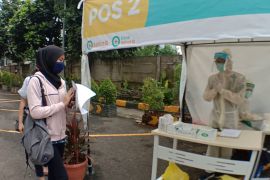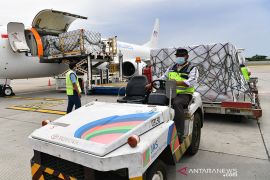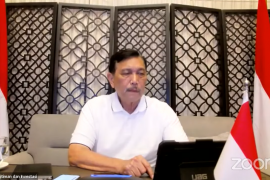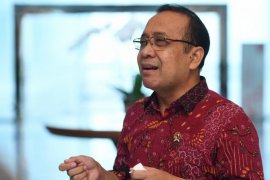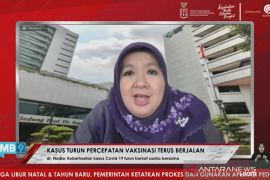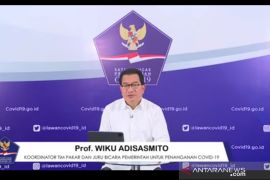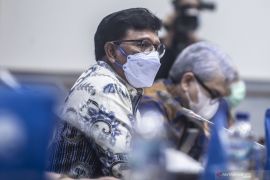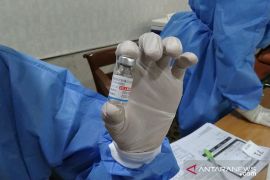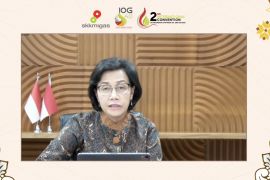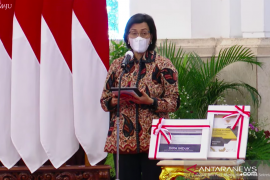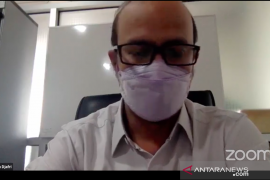"There has been a downward trend in North Sulawesi, Papua, South Sumatra, South Sulawesi, North Sumatra, East Kalimantan, West Sumatra, Riau Islands, Lampung, and Riau," the minister informed.
Meanwhile, an upward trend in Omicron cases has persisted in West Kalimantan and East Nusa Tenggara, he noted.
However, as a whole, there has been a sharp fall in the active case reproduction rate in almost all of the islands outside of Java-Bali, though it is still a little above one, he said.
"Nationally, it has declined from 1.16 to 1.09. Outside of Java-Bali, (the figures are) Nusa Tenggara 1.14, Maluku 1.1, Kalimantan 1.10, Sumatra 1.09, Sulawesi 1.09, and Papua 1.08," Hartarto noted.
Related news: Jakarta's 140 COVID-19 hospitals record 29-percent decline in BOR
As of March 6, 2022, daily confirmed cases outside of Java-Bali have declined by 8,158 from the peak of 19,807 cases recorded on February 23, he said.
Meanwhile, active cases reached their peak at 183,482 on March 3, but dropped to 171,217 on March 6, he added.
Concerning the Bed Occupancy Rate (BOR), three provinces still have a high rate, but the rate has largely remained under control, he said.
The provinces comprise North Sumatra (21,338 active cases, 37 percent BOR, with 21 percent conversion) and West Kalimantan (15,603 active cases, 44 percent BOR, with 25 percent conversion), and South Sulawesi (15,131 active cases, 31 percent BOR, 18 percent conversion), he said.
To increase Omicron recoveries, the government has provided an integrated isolation facility with a total of 36,470 beds, of which 10 percent are currently occupied, he added.
Related news: Govt must remain vigilant despite COVID-19 downtrend: Speaker
Translator: Kuntum Khaira R, Fadhli Ruhman
Editor: Rahmad Nasution
Copyright © ANTARA 2022

